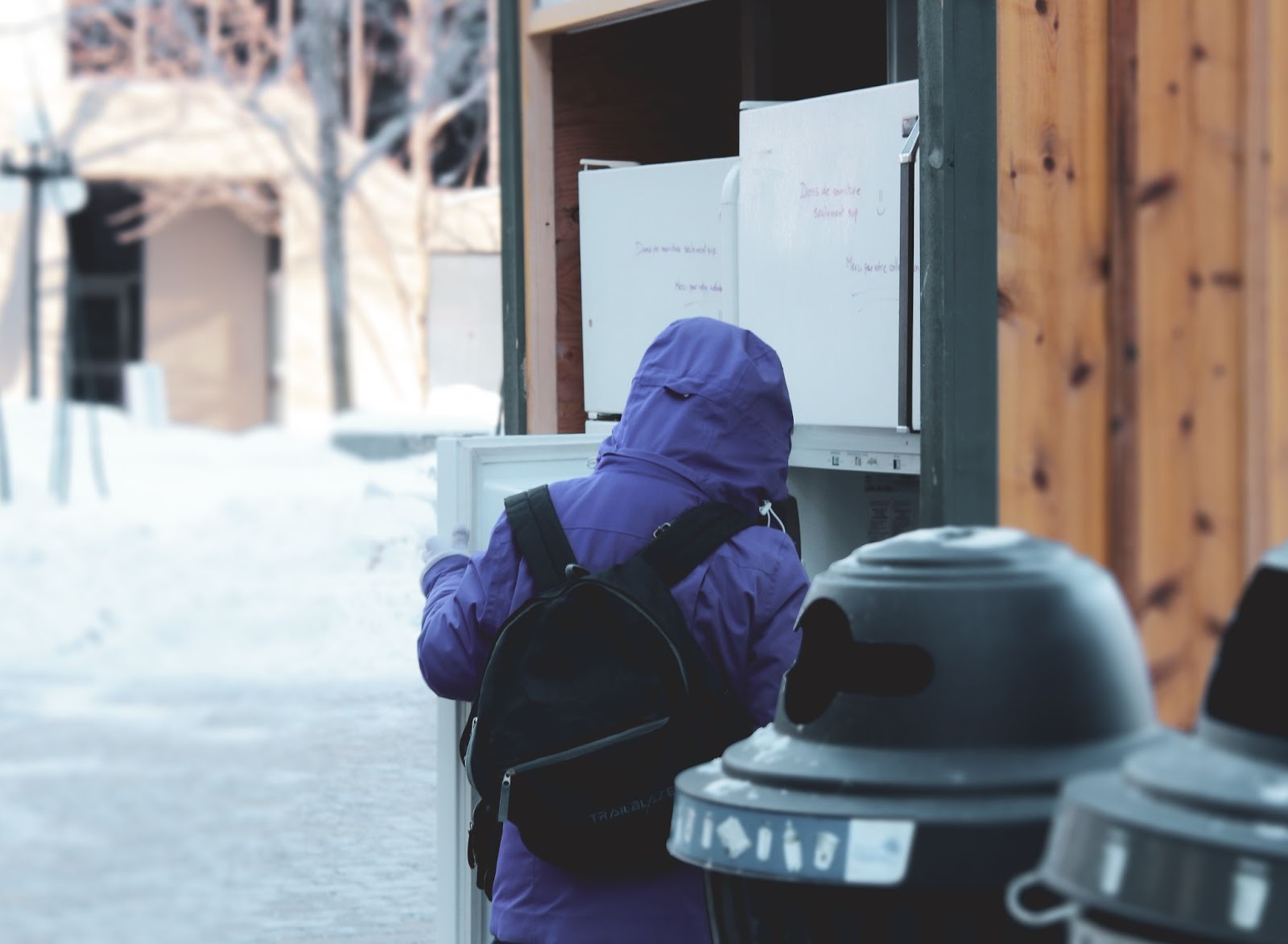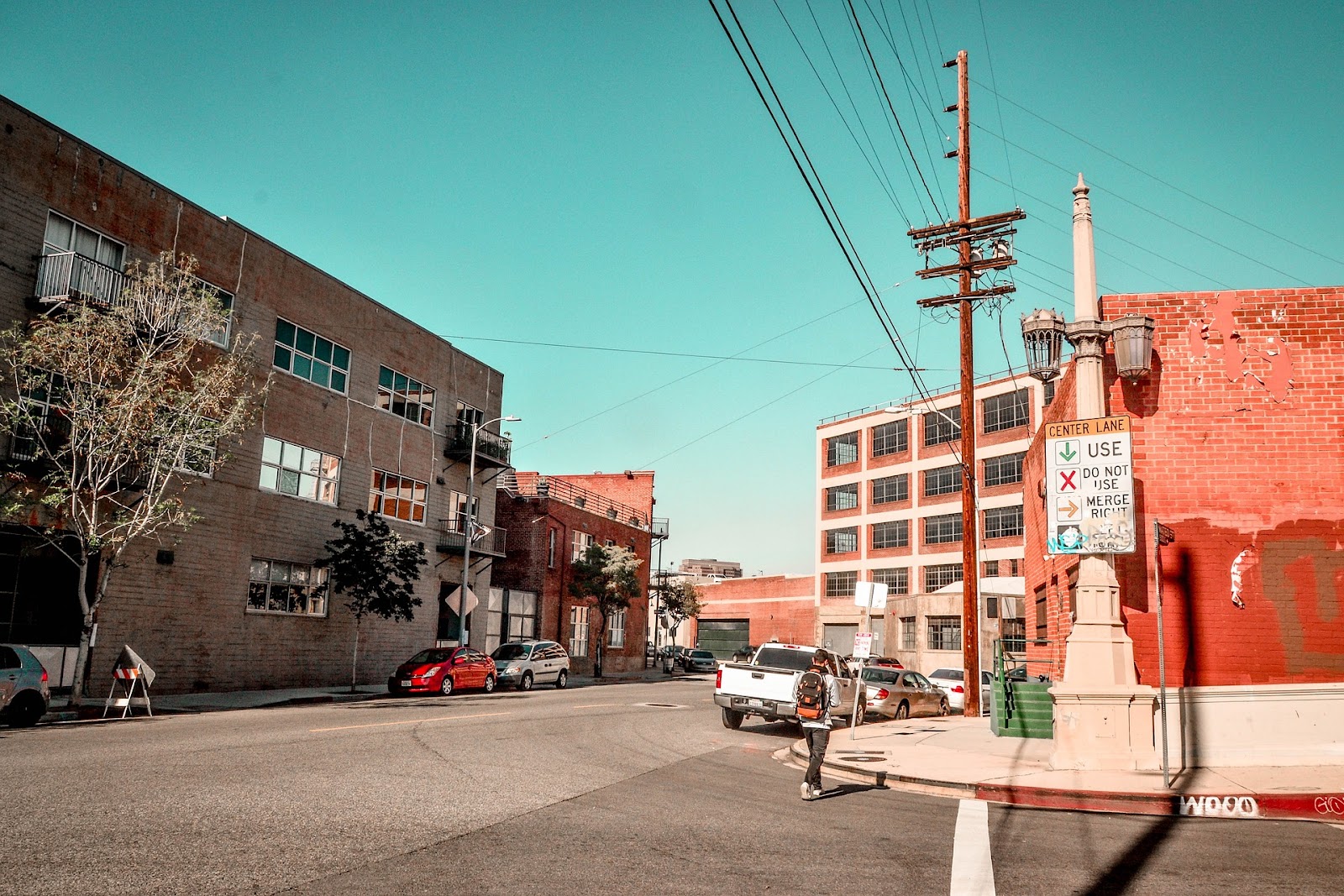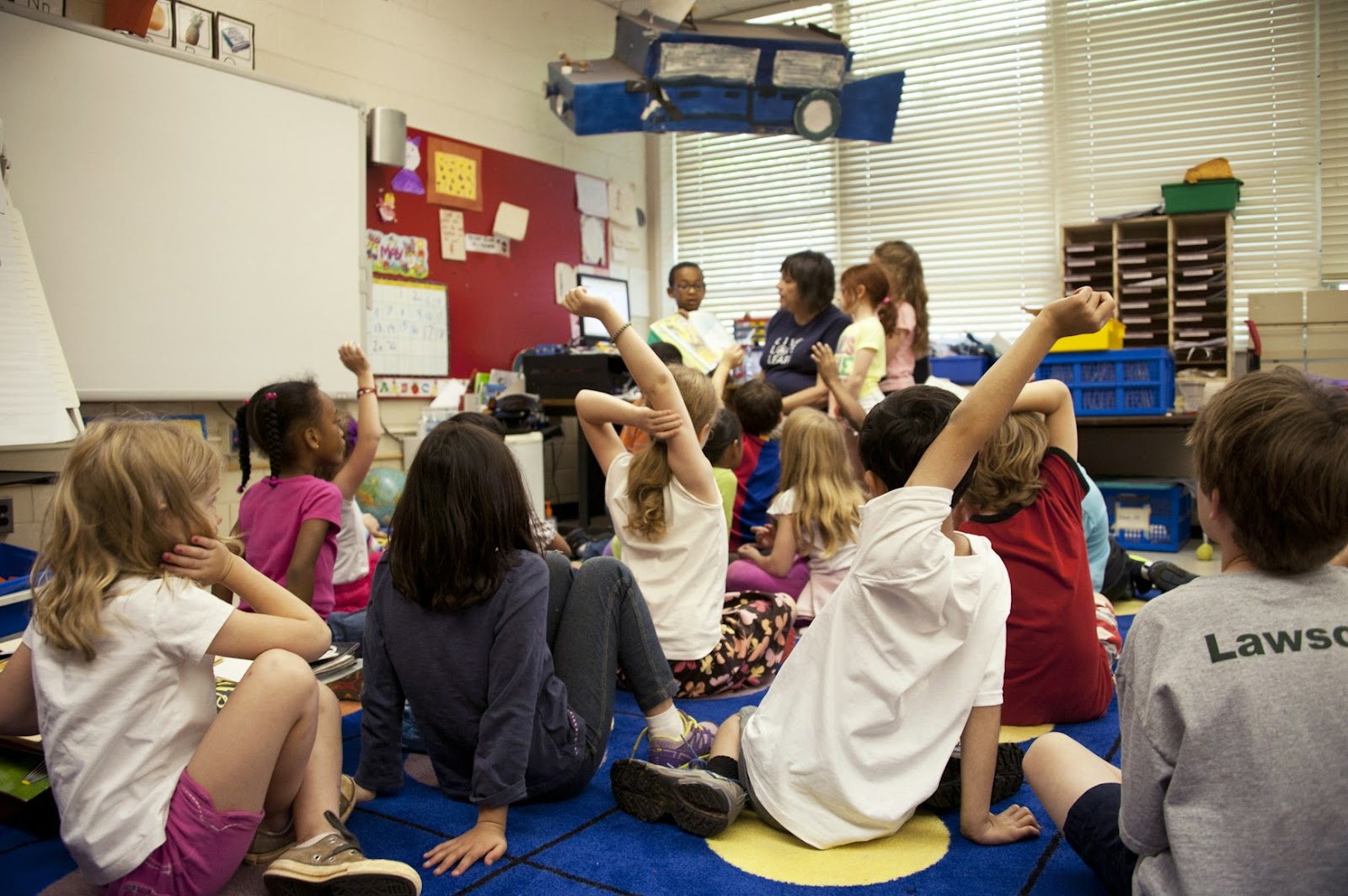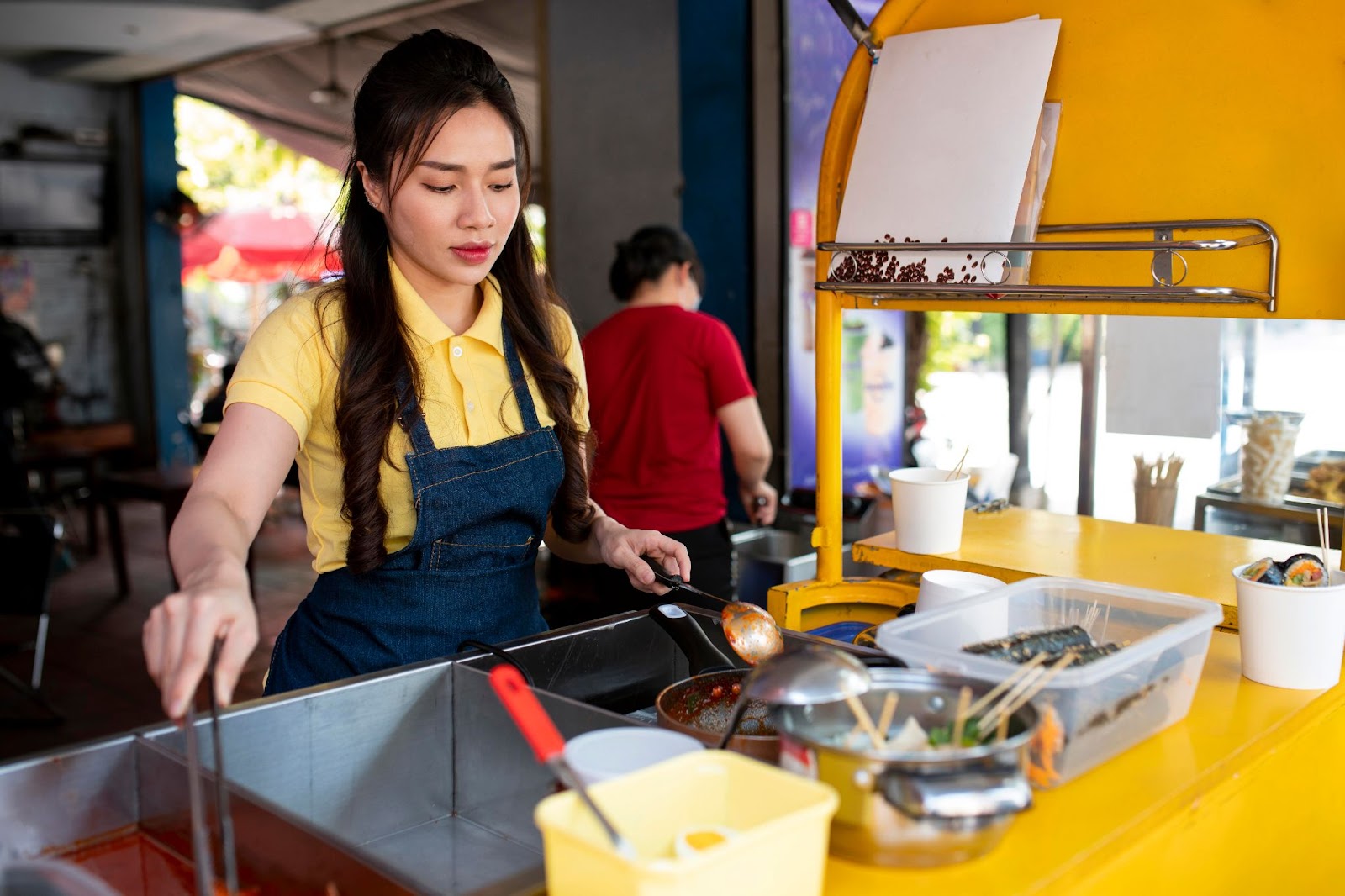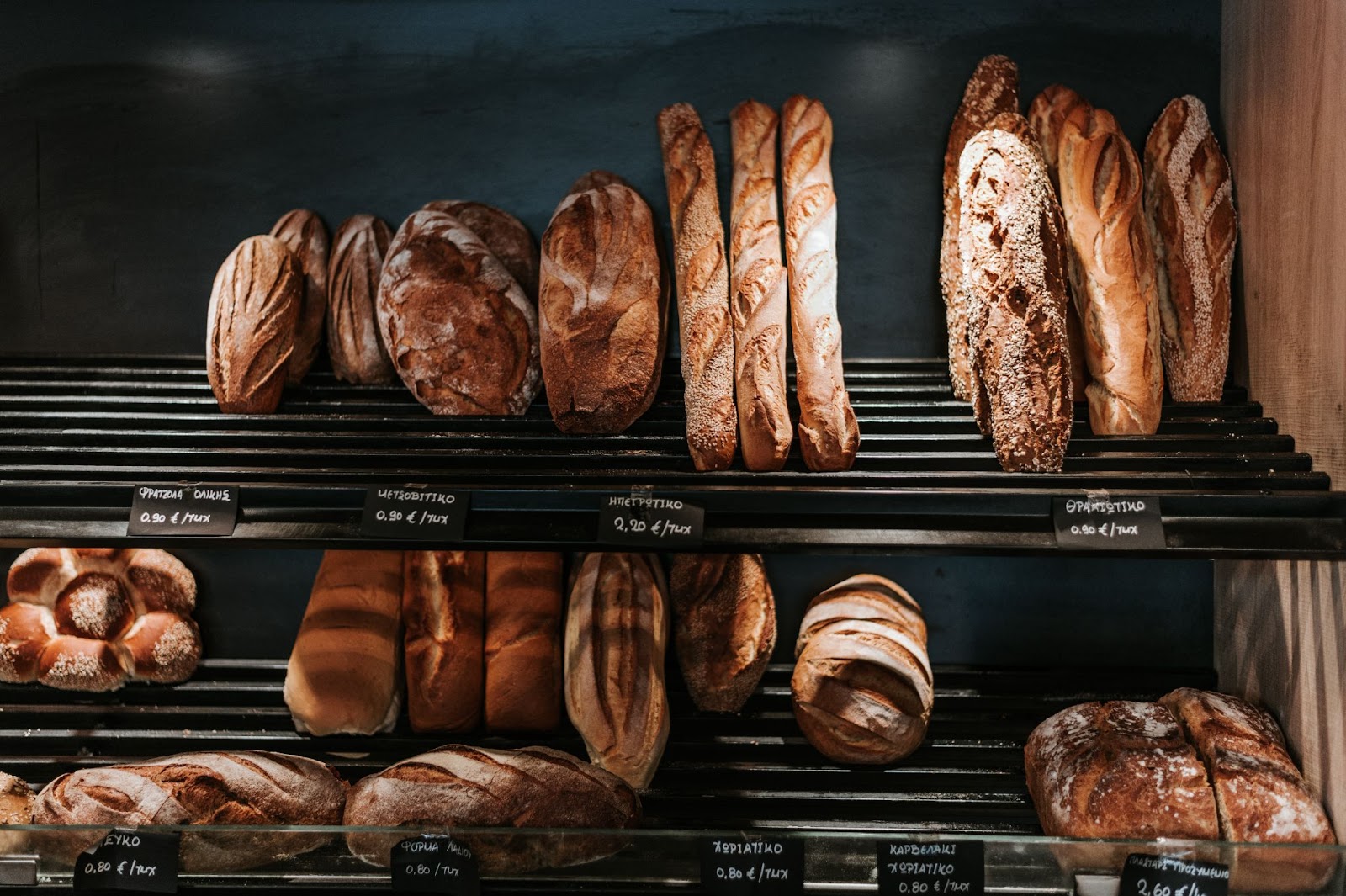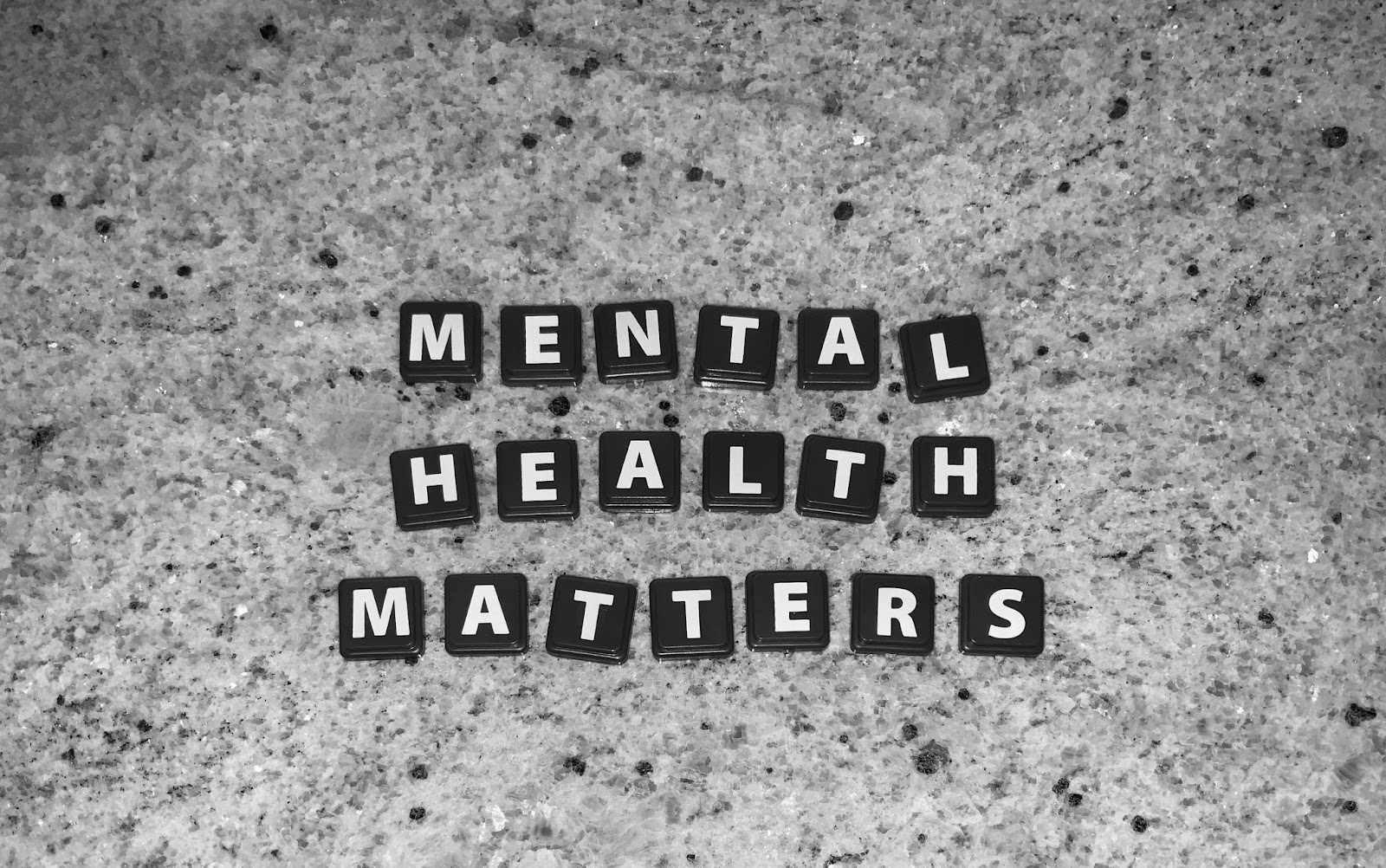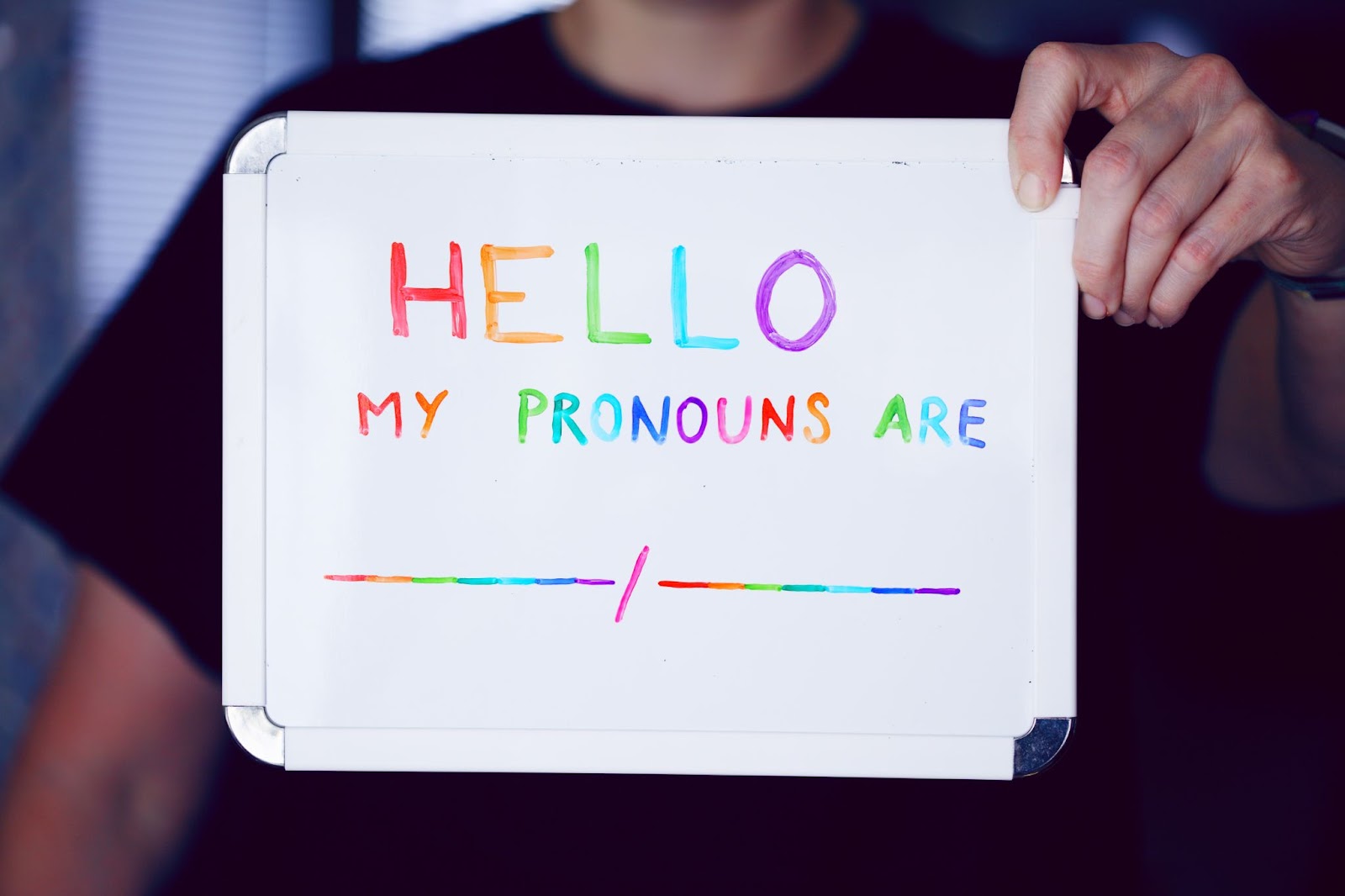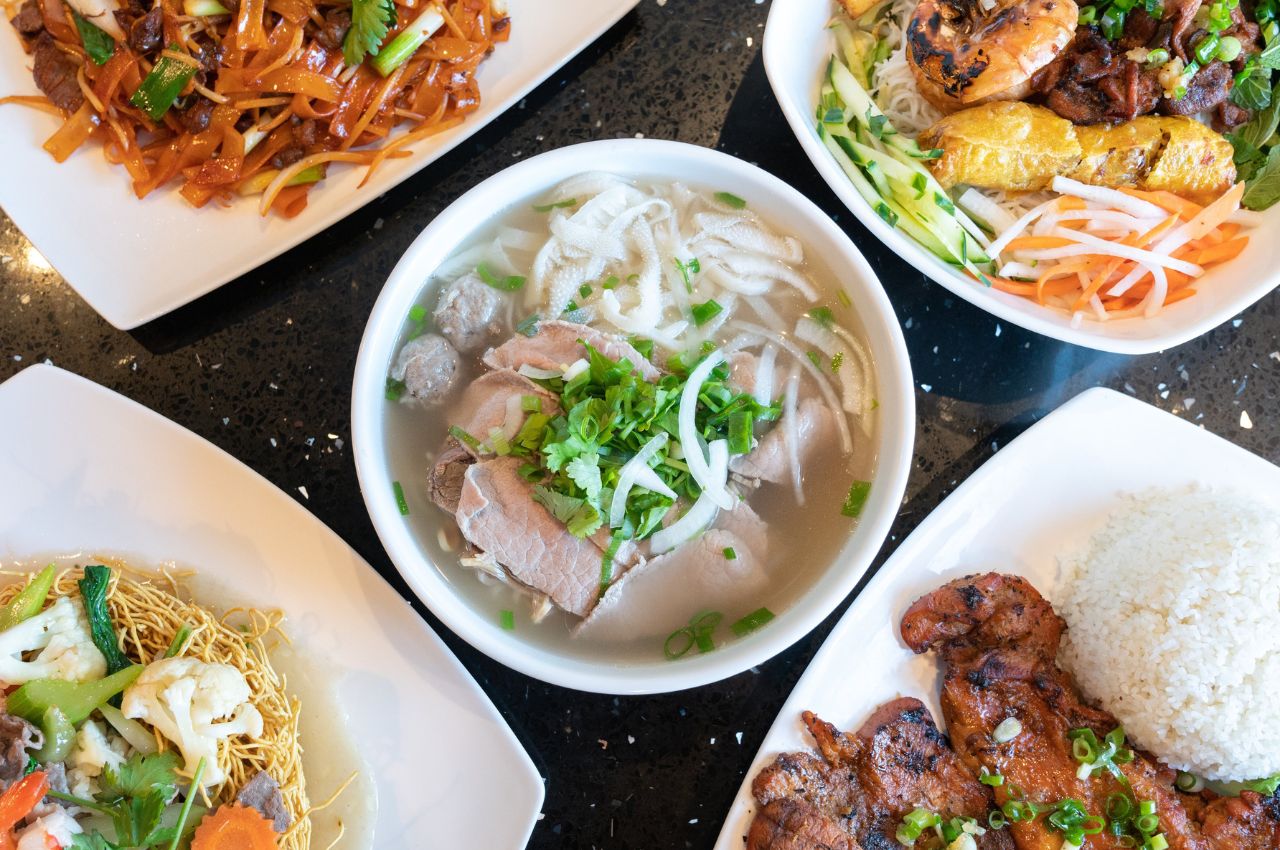Food insecurity has reached an alarming peak in Los Angeles County, surpassing even the distressing levels witnessed during the first year of the pandemic. A recent study by the University of Southern California (USC) Institute for Food System Equity shows a concerning situation. Approximately one out of every three households in the area is now grappling with the uncertainty of their next meal.
Kayla de La Haye, a researcher at the USC Institute, conducted an extensive analysis tracking the escalating rates of food insecurity in LA County from March 2020 to the present. The study’s findings are a stark indicator of the growing crisis. “Things are even worse than they were the first year of the pandemic,” de La Haye says, highlighting the severity of the situation. The withdrawal of COVID-era government subsidies, soaring inflation, and the increasing cost of living have pushed many families to the brink. “People are now getting less benefits and less help with food,” de La Haye explained, “and that’s happening at the same time as inflation, cost of living going up and the cost of food going way up.”
Across the county, the effects of this crisis are visible. At a food pantry on Sherman Way dozens of people, reflecting the diverse faces of Los Angeles, queue up well before opening time. They are hoping to receive boxes of free, healthy food. These boxes, a lifeline for many, are distributed by Jewish Family Service of Los Angeles, a non-profit organization committed to alleviating hunger.
The United States Department of Agriculture (USDA) defines food insecurity as a state where individuals lack consistent access to enough food for an active, healthy life. This definition becomes a daily reality for one in four households with children in LA County. The situation is even worse among low-income residents, with food insecurity rates at their highest in a decade. “Latino and Black residents in LA County have two times higher rates of food insecurity compared to white residents,” de La Haye said, showing how this problem affects some communities more than others.
Faced with the dilemma of missing housing rent, car payments, or skipping meals, many residents are forced to compromise on food. De La Haye noted that often, parents opt for less expensive but unhealthy fast food options, further compounding the health implications of food insecurity.
But there is some hope. The USC study emphasizes the importance of supporting initiatives like pop-up pantries, many of which collaborate with the LA Regional Food Bank. These pantries are crucial in providing relief to those in need. This includes working families struggling to make ends meet.
The issue of food insecurity is not confined to those standing in line for food assistance; it’s a community-wide concern that calls for collective action. Engaging in volunteer work or donating to local food banks are effective ways for individuals to contribute to the cause. By supporting these efforts, we can ensure that our neighbors do not have to worry about going to bed hungry.
In recognition of the growing need, NBC4 and Telemundo52 have launched the Help for the Hungry campaign, an initiative to support local food banks and provide meals to families in need throughout Southern California. This campaign is more than just a charitable effort; it’s about all of us coming together to help others when things are tough.
For more information on how to contribute or participate in the Help for the Hungry campaign, interested parties can visit nbcla.com/helpthehungry. Not having enough food is a larger community issue, not just for those dealing with food insecurity themselves. If we all work together, change could be right around the corner.
